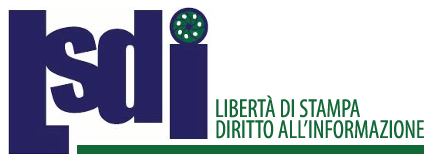Chi fa pagare l’ informazione online e come: uno studio sui modelli di pagamento
Alastair Bruce (@ajbruce), responsabile per la sezione contenuti di MSN UK, ha studiato 34 testate e redazioni* per realizzare una analisi dettagliata sui pay wall e i modelli di pagamento dell’ informazione  online.
Bruce – segnala blogs.journalism.co.uk – ha esaminato le diverse varianti dei sistemi introdotti finora: dal bundling (prodotti a pacchetto), ai  micropagamenti, dal modello a misurazione, a quelli freemium fino ai metodi di abbonamento pieno, analizzando testate specialistiche e di massa e giornali locali e nazionali.
Si tratta di 60 slide che descrivono tutto lo stato dell’ arte in un settore che negli Stati Uniti è ai primissimi posti nell’ elenco dei problemi al centro dell’ agenda.
Ecco chi sta facendo che cosa e quali saranno le novità .





